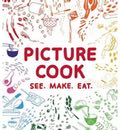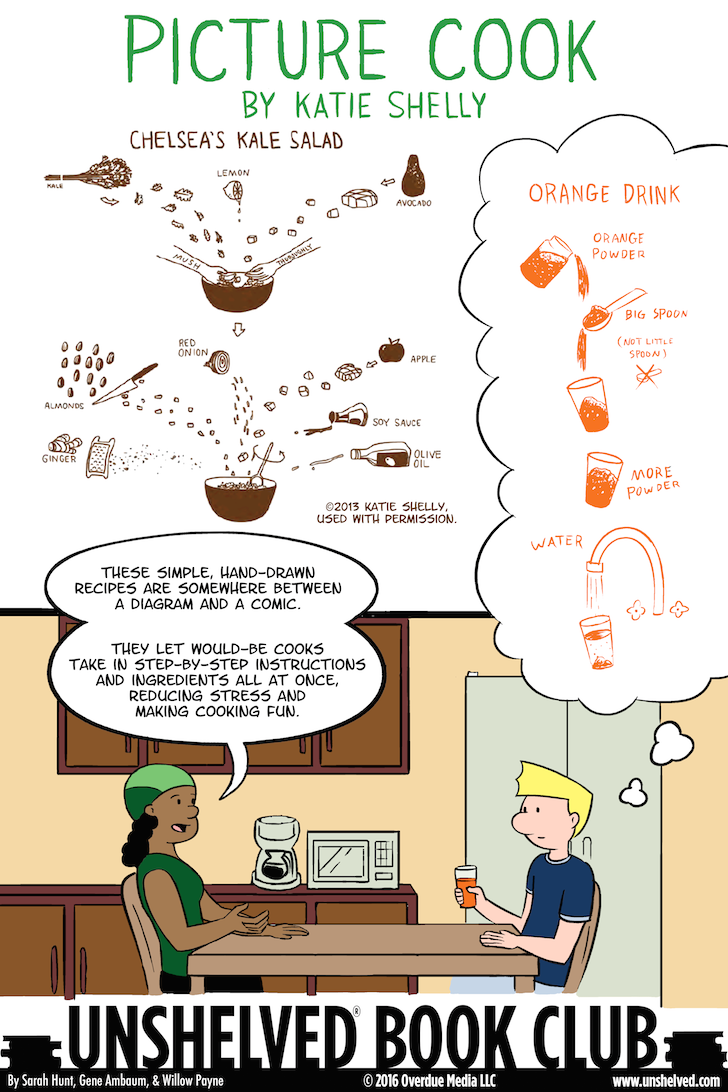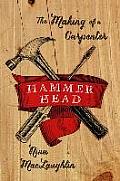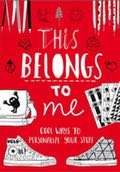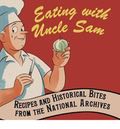Link to this review in the form of a comic strip by sarahhunt tagged coffee table book • cookbook
Link to this review by wally tagged cookbook
Food blogger Clotilde Dusoulier writes about French cuisine and fresh farmers market ingredients. She begins each season-themed chapter with a brief look at the different fruits, vegetables, and herbs that you might find at your local market or in your garden. She then provides fifteen to twenty recipes that use them, ranging from simple appetizers and salads to soups, preserves both sweet and savory, and heartier dishes.
Why I picked it up: I’ve been reading her blog, Chocolate and Zucchini, for years. And I wanted to try both refreshing my diet and eating less meat, so this book looked like the perfect fit.
Why I finished it: Whenever I peruse a new cookbook, I like to try three recipes to see if I want to keep going through the book looking for more. I also like to try the simpler, quicker recipes so I don’t feel like I’m wasting time, money, and food. Without trying too hard, I found three great recipes from the winter chapter (savory puffs, grated carrot and beet salad with bulgur and figs, and curried leek tart tatin) that my wife and I really liked and would easily make again.
It’s perfect for: My friend Jackie, who is much more serious and consistent about her vegetarian diet than I am. She’s not big into cooking lavish meals or spending a lot of time in the kitchen, and she told me she really liked this cookbook (I already gave it to her) for its (mostly) quick recipes. She also confessed that she really liked the large number of desserts, especially the dark chocolate mousse.
Link to this review by emilyreads tagged nonfiction
At thirty, Nina MacLaughlin had grown weary of her position as an online editor at The Boston Phoenix. On a whim she answered a Craigslist ad for a job as an apprentice carpenter (no experience necessary). Hammer Head traces MacLaughlin’s journey from ignorance to competence under the firm but forgiving hand of her boss, Mary, a no-nonsense carpenter. Readers will come away with a better appreciation of the bones within their own homes and the skills of the people who build and repair them.
Why I picked it up: I read this on the way to my second weeklong mission trip doing construction and repair with Appalachia Service Project in West Virginia. I wanted to get back in the mindset of women who wear work boots.
Why I finished it: The book has a great rhythm. MacLaughlin focuses each chapter on a particular tool, naturally weaving a bit of its history into the narrative of her apprenticeship. I already knew many of the skills and tricks she was learning, but the sociological history was a nice bonus.
It’s perfect for: People who liked the idea of Matthew Crawford’s Shop Class as Soulcraft but (like me) found it too esoteric. Personally, I’m giving it to my friend Sarah, who went from business-school adjunct professor to hardcore gym instructor. She’d appreciate the physicality of the story: the strained muscles, the tangible progress, and the sensuality of hard work.
Link to this review by sarahhunt tagged nonfiction
Express yourself and create cool, personal designs on your stuff using stencils, spray paint, fabric paint, markers, and more.
Why I picked it up: So many craft books are super-cute and suburban. It was great to find something with a DIY punk aesthetic.
Why I finished it: The emphasis on creating something of your own rather than making a perfect copy was refreshing. There are “Freestyle Space” pages left open for planning out your own design before you start a project.
Readalikes: Whatcha Mean, What’s A Zine? and Lila and Ecco’s Do-It-Yourself Comics Club both offer more ways to empower young people to express themselves and make their own stuff.
Link to this review by robert tagged art • nonfiction
The authors start with a couple of pages about the origins of Halloween, and how the Irish tradition of carving lanterns out of turnips became the familiar jack-o-lantern thanks to pumpkins. Then they dive into extreme pumpkin carving, a relief carving style that could be used on a rounded block of wood. There are tips for selecting thick-walled squashes and using spray lacquers to preserve carved gourds. (Hood and Williams even suggest artificial pumpkins be used if one wants a permanent work of art.) The first section of the chapter on carving techniques focuses on common kitchen knives while the second shows how to achieve the same effects with gougers, chisels, and other woodworking tools. (I was surprised they didn’t give instructions on how to put a pumpkin in a lathe!) The gallery of great, sometimes gargantuan carved gourds (some weighing over 500 pounds) features portraits of grotesque ogres and weathered wise men (think of Gandalf the Grey). (One of the artists whose work is in the gallery is Russ Leno. You can watch him carve a seal pumpkin for the Seattle Aquarium.) Hood and Williams depict entire scenes of terror on the largest of pumpkins, and they close the book with a selection of sketches to inspire readers.
Why I picked it up: I was looking for Halloween books at my local library and with a title like that I couldn’t resist.
Why I finished it: Compared to the snaggle-toothed goblins that I hacked out as a kid, this was a very sculptural approach to pumpkin carving. I was fascinated by the authors’ novel approach to this traditional craft. I was very surprised that Hood and Williams don’t want carvers to hollow out the pumpkins. (They keep longer this way.) I’ll be copying their techniques for imagining a finished jack-o-lantern on paper, transferring the image to a pumpkin’s surface, and carving away. But unlike them I’ll be putting lights inside.
It’s perfect for: My science fiction book club pal Adam. His pre-Halloween parties feature jack-o-lantern carving contests. He leaves the completed pumpkins strung up in front of his house with lights, and is happy to report that having thirty or so of these deters some trick-or-treaters.
Link to this review by sarahhunt tagged history • cookbook
Recipes from presidents, army cooks, school lunch programs, and even “Aunt Sammy,” the wife of Uncle Sam and a host of her own radio cooking show, illustrated with inspirational wartime posters and historic photographs.
Why I picked it up: I flipped it open to a recipe from a World War I pamphlet called “Sweets Without Sugar” that was loaded with corn syrup. (It wasn’t created to promote health, it was intended to save granulated sugar for soldiers overseas.)
Why I finished it: The recipes are often delightfully impractical for the modern cook. How about baking 100 school-lunch biscuits with four pounds of flour and 1 pound ten ounces of fat? Or try tea bread made with two cups of hard-to-find barley flour? This isn’t nostalgia, this is no-holds-barred history!
Watchalikes: On The Supersizers Go, the hosts eat their way through eras of British food in a way that is funny, educational, and disgusting. In the reality show 1940s House, a mom tries desperately to keep her family fed on a re-creation of rationed 1940s food.
